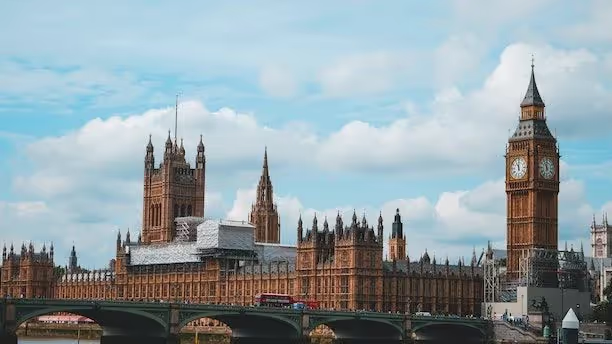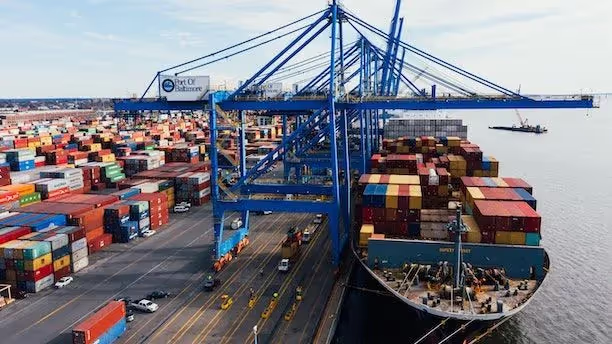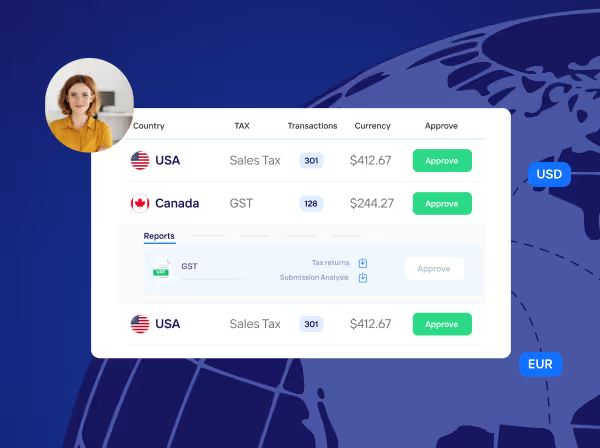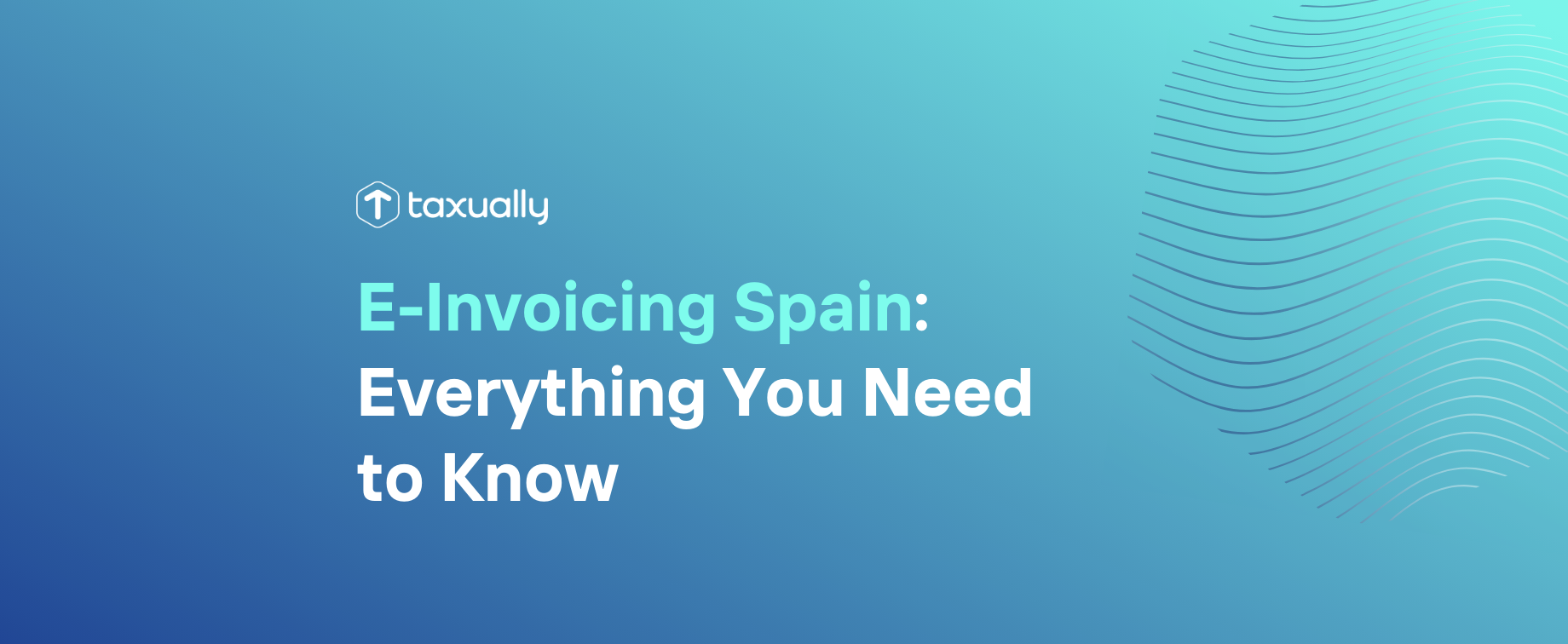Key takeaways
- Understand UK VAT rates, including standard (20%), reduced (5%), and zero-rated (0%).
- Be aware of the responsibility to report VAT to HMRC & applicable thresholds for registration.
- Know about payment options, reclaiming input VAT, exemptions & special schemes.
Understanding the intricacies of the UK Value Added Tax (VAT) system, including the UK VAT rate, is vital for businesses and consumers alike. With different rates and exemptions, it’s easy to get lost in the details. That's why we've put together this comprehensive guide, where we’ll unravel the mysteries of the UK VAT system and provide you with all the information you need to navigate it with confidence.
History of Value Added Tax in the UK
In 1973, the Purchase Tax in the UK was replaced with Value Added Tax (VAT), a form of consumption tax. This tax is still applicable today in the UK. The initial VAT rate set by the Conservative Chancellor Lord Barber was 10%. Over the years, the standard VAT rate has undergone several changes, such as the increase from 8% to 15% under Conservative Chancellor Geoffrey Howe.
There were also alternate VAT rates of 25% and 12.5% on petrol and some luxury goods in the past. The history of VAT in the UK reflects the evolving economic landscape and the government’s priorities over time.
Understanding UK VAT rates

VAT is levied on most goods and services in the UK. It's an indirect tax, meaning that it's collected by businesses on behalf of the government and passed on to the end user. Staying up-to-date with the current VAT rates ensures accuracy in invoices and accounts, particularly for VAT-registered businesses that need to pay VAT.
So, what are the different VAT rates in the UK? The UK government has established three main VAT rates: the standard rate of 20%, the reduced rate of 5%, and the zero rate of 0%. Each rate applies to different goods and services, and businesses are responsible for reporting VAT to HMRC (His Majesty’s Revenue & Customs) and managing any VAT incurred. Now, let’s take a closer look at each of these rates and their specific applications.
Standard VAT rate (20%)
The standard VAT rate of 20% applies to most goods and services provided by VAT-registered businesses in the UK. This indirect tax is calculated by adding 20% to the price of the goods or services. Examples of items subject to the standard VAT rate include electronics, clothing (excluding children’s clothing), and most professional services.
Reduced VAT rate (5%)
The reduced VAT rate of 5% applies to a select group of goods and services in the UK. This rate covers items such as sanitary products, energy-saving measures, and children’s car seats. By applying the reduced rate, the UK government aims to make these essential products and services more affordable for consumers.
Zero-rated VAT (0%)
Zero-rated VAT is a 0% VAT rate applied to certain goods and services in the UK. This category includes most foodstuffs, books, newspapers, and children’s garments. While these zero-rated items are still considered taxable, no VAT is charged to the end consumer, making these essential goods more accessible to the public.
VAT thresholds and registration
The VAT registration threshold determines whether a business needs to register for VAT, and the current VAT registration limit in the UK is £85,000. Organizations with a taxable turnover exceeding this threshold must register for VAT, although voluntary registration is also possible for businesses with a turnover below the threshold. Once registered, businesses are responsible for charging VAT to their customers and remitting the amount to HMRC upon filing their VAT return.
Understanding the difference between output tax and input tax is essential for VAT-registered businesses. Output tax refers to the VAT amount collected on the sale of goods and services, while input tax is the VAT paid by a business for purchases intended for business use.
Now, let’s explore taxable supplies and the VAT return process in more detail.
Taxable supplies
Taxable supplies refer to goods and services that are liable for VAT. Taxable turnover, the aggregate value of all goods and services sold subject to VAT (including zero-rated items), plays a critical role in determining whether a business must register for VAT.
Businesses selling both taxable and exempt goods or services are only allowed to reclaim the VAT amount applicable to the taxable supplies they make. It's important to recognize this point. Businesses dealing with exempt goods or services, such as banks, are not qualified to register for VAT. Also, such entities cannot reclaim the VAT they paid on purchases.
VAT return process
The VAT return process requires businesses to provide information on their taxable supplies and input VAT, and remit any VAT due to HMRC. One special scheme that can simplify the VAT return process for small businesses is the Flat Rate Scheme, which enables businesses with an annual turnover of less than £150,000 to remit a fixed percentage of their turnover to HMRC every three months.
The Flat Rate Scheme reduces the administrative burden for small businesses and allows new companies to retain some of the VAT charged to their customers.
VAT exemptions and special schemes

VAT exemptions and special schemes offer relief for certain businesses. These special arrangements permit some businesses to be relieved from paying VAT on selected goods and services. Examples of exempt goods and services include certain food and drink items, children’s clothing, publications, and specific medical supplies and equipment. There are also a number of schemes offered by HMRC, including the Flat Rate Scheme and the Annual Accounting Scheme.
VAT exempt goods and services
In the UK, several goods and services are exempt from VAT, such as insurance, financial and property transactions, education and training, fundraising events by charities, and subscriptions to membership organizations.
Some other examples of VAT exempt items include land and postal services. These exemptions help reduce the financial burden on consumers and support specific industries.
Flat rate scheme
The Flat Rate Scheme is a simplified VAT accounting method for small businesses in the UK. Businesses with an annual turnover of £150,000 or less can participate in this scheme, which allows them to pay a fixed percentage of their turnover as VAT to HMRC. This percentage varies depending on the type of business.
The Flat Rate Scheme streamlines the VAT accounting process for small businesses and helps them save time and money by reducing the need to track their VAT payments and reclaims.
Annual accounting scheme
Another option is the Annual Accounting Scheme, which allows businesses to submit VAT returns and make payments on an annual basis rather than quarterly. This scheme can help businesses with fluctuating turnover and reduce the administrative burden of regular VAT returns.
Cash accounting scheme
The Cash Accounting Scheme is designed for businesses with cash flow issues. Under this scheme, VAT is only accounted for when payment is received from customers, rather than when an invoice is issued. This can help improve cash flow by delaying the payment of VAT until it's received from customers.
These are just a few examples of the VAT accounting schemes available in the UK. Each scheme has its own eligibility criteria and benefits, so it's important to consider which scheme best suits your business's needs.
Paying and reclaiming VAT
Paying and reclaiming VAT is an essential aspect of managing a VAT-registered business. The UK has a time limit of four years to fulfill its obligation of paying VAT. This is longer than in many other countries. In the event of VAT fraud or deliberate failure to abide by VAT requirements, this time limit can be extended up to 20 years. There are various payment options available for settling VAT bills, such as online banking, debit or credit card, and standing orders.
Reclaiming input VAT involves claiming back the VAT paid on business purchases. To reclaim input VAT, businesses must submit a VAT return. Successful claims require proper documentation, such as invoices, to demonstrate that the VAT was paid and to effectively reclaim VAT.
Payment options
Several payment options are available for settling VAT bills in the UK. Businesses can use online payment via card or direct debit, bank transfers, standing orders, and even pay at a bank or building society. Online payment methods and bank transfers are convenient and generally faster, while standing orders provide a recurring payment solution for businesses. Choosing the right payment option depends on the preferences and needs of each business.
Reclaiming input VAT
To reclaim input VAT, businesses must submit a VAT return and include the amount of input VAT paid in Box 4 of the return. The claim must be submitted before the end of the fourth year after the year in which the deductible VAT was payable. Failure to do so will result in an ineligible claim.
For a successful claim, businesses must provide invoices and other relevant documents to prove that the VAT was paid on the purchases. Keeping accurate records and being diligent in tracking input VAT is key to ensuring a smooth reclaiming process.
VAT on imports and exports

There are also VAT obligations on imports and exports for businesses engaged in international trade. The rules for import VAT and export VAT vary depending on the destination country and the type of goods or services being traded. For imports from the European Union, VAT is typically charged at the same rate as if the goods were purchased within the UK.
In contrast, exporting goods to non-European Union countries is generally not subject to VAT, and these goods and services can usually be zero-rated. Specific VAT rules apply when exporting goods to the European Union, depending on the customer’s VAT registration status and the type of goods or services being exported.
Import VAT
Import VAT is a tax applied to goods imported into a country from another country. For goods entering the UK from both EU and non-EU countries, the import VAT rate is equivalent to the standard UK VAT rate of 20%. Import VAT is typically paid during customs clearance procedures, allowing the goods to be released for circulation.
Understanding the rules and rates for import VAT is crucial for businesses involved in international trade. It's important to be aware of the different regulations and rates that apply to different countries.
Export VAT
Export VAT refers to the VAT that is not levied on goods exported from the UK to a destination outside the UK. The sale can be zero-rated, provided that the seller has valid proof of the export and adheres to all other regulations. This zero rating encourages international trade and reduces the financial burden on businesses and their overseas customers. Comprehending export VAT regulations is vital for businesses engaged in cross-border trade.
VAT relief for specific industries
Certain industries benefit from VAT relief, which can provide significant financial advantages. For instance, the UK government introduced a temporary VAT rate reduction from 20% to 5% for the hospitality and tourism sectors from July 15, 2020 to March 31, 2021. Any UK VAT registered business in these industries was able to apply this reduced VAT rate during this time. However, the standard UK rate of VAT on products and services such as food and beverages served on their premises or holiday accommodation remained.
This relief aimed to support these industries through the challenging economic times of the Covid-19 pandemic.
Tax-free shopping and VAT refunds for travelers
Travelers visiting the UK can take advantage of tax-free shopping and claim VAT refunds on items purchased during their stay. To obtain a VAT refund, visitors can either receive an immediate payment at a refund booth at the airport or send the required form to a refund company. With this tax-free shopping option, travelers can enjoy a more cost-effective shopping experience in the UK.
Conclusion
By understanding the fundamentals of the UK VAT system, from VAT thresholds to VAT rates to special VAT schemes, businesses can confidently navigate the complexities of the UK VAT system and make well-informed decisions. VAT obligations are a fact of life for businesses, whether inside or outside the UK, and the better prepared you are, the more successful your business will be.
Do you need help with your VAT compliance? Book a free call with one of our VAT experts to find bespoke solutions for your business, optimize your VAT costs, and reach millions of new potential customers.
Frequently asked questions
New Year's Day - 1/1/2024Memorial Day - 5/27/20244th of July - 7/4/2024Labor Day - 9/2/2024Thanksgiving Day - 11/28/2024Day after Thanksgiving - 11/29/2024Christmas Eve - 12/24/2024Christmas Day - 12/25/2024
What is the UK VAT rate?
Currently, the standard rate of VAT in the UK is 20%. This applies to all taxable goods and services that are not listed under a different rate.
Is UK VAT always 20%?
No, the UK Value Added Tax (VAT) is not always 20%. The standard rate of VAT is 20%, but some goods and services may be subject to a reduced rate of 5% or 0%, while some are exempt from VAT altogether.
Therefore, it's important for businesses to check what VAT rate applies to their products and services.
What goods are exempt from VAT?
VAT exempted supplies include education and training; finance and insurance; charity fundraisers; hospital treatment; memberships for membership organizations; and the selling and leasing of commercial land and buildings - although this VAT exemption can be waived.
What are the three main VAT rates in the UK?
It's important to note that in the UK, there are three main VAT rates: the standard rate (20%), the reduced rate (5%), and the zero rate (0%).
These rates are applied to different goods and services depending on their nature and purpose. For example, the standard rate is applied to most goods and services, while the reduced rate is applied to certain items such as energy-saving materials and children’s car seats. Zero rated goods include foodstuffs, books, and children's clothing.
When do businesses need to register for VAT in the UK?
Companies in the UK are required to register for VAT when their turnover exceeds £85,000. As this is the current VAT registration threshold, businesses need to be aware of this figure in order to comply with the requirements. They can, however, voluntarily register for VAT if their turnover is below this amount.



















